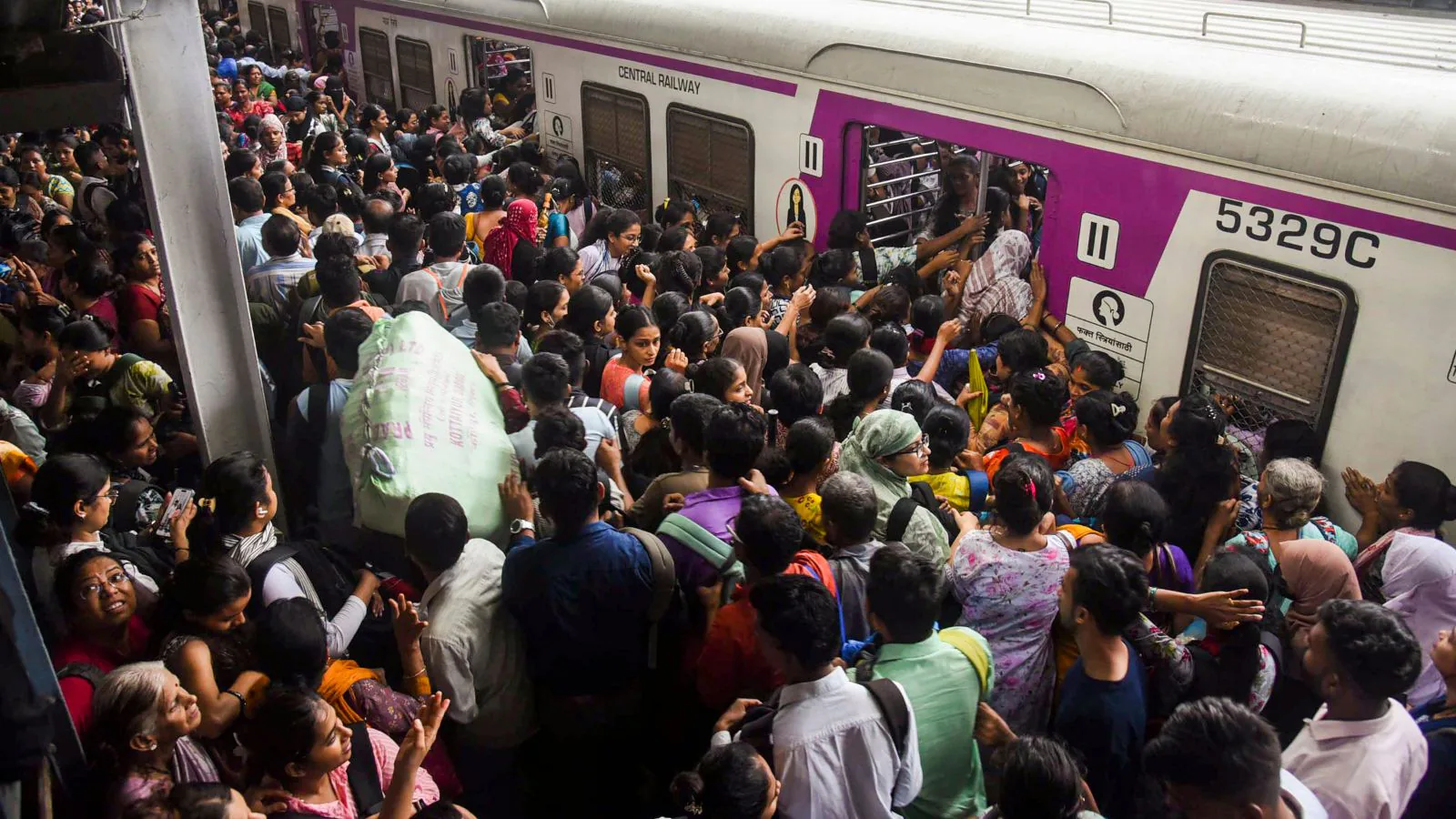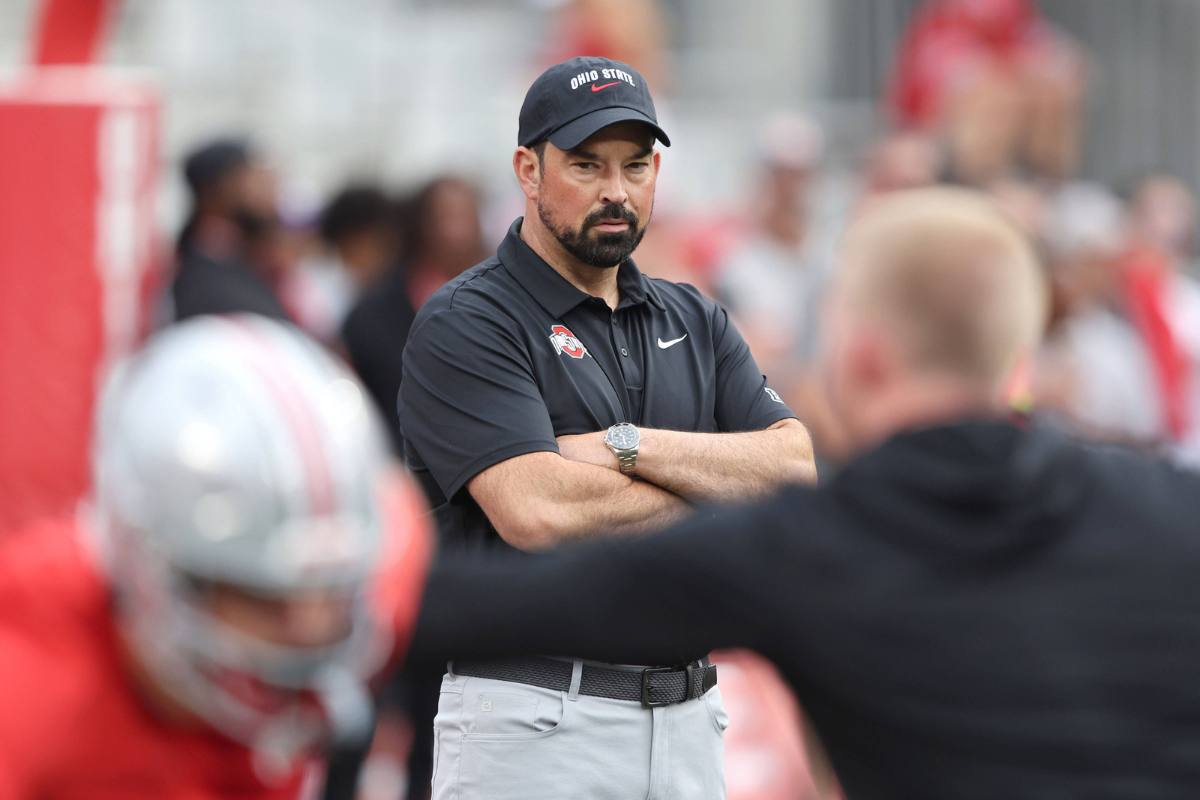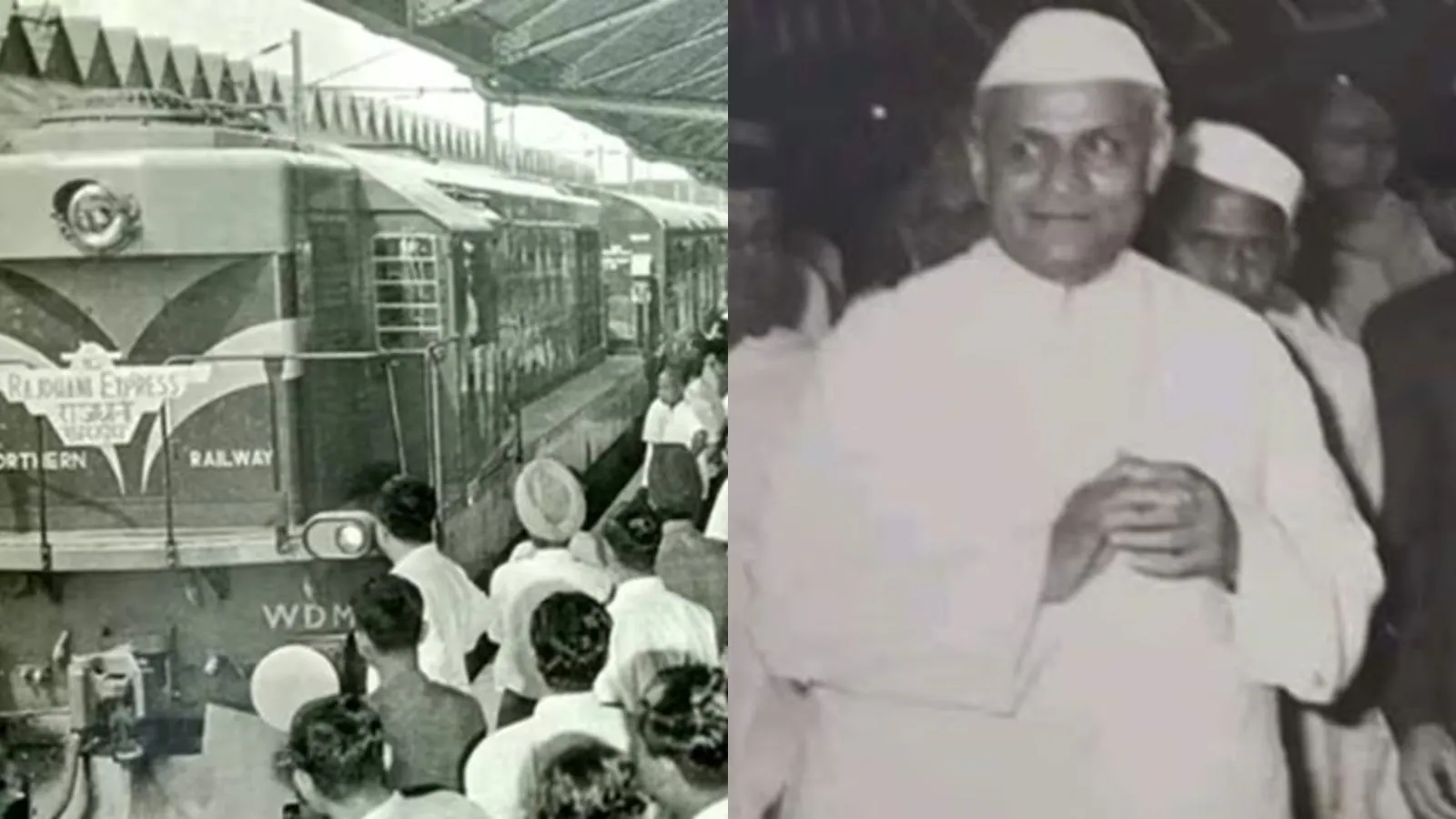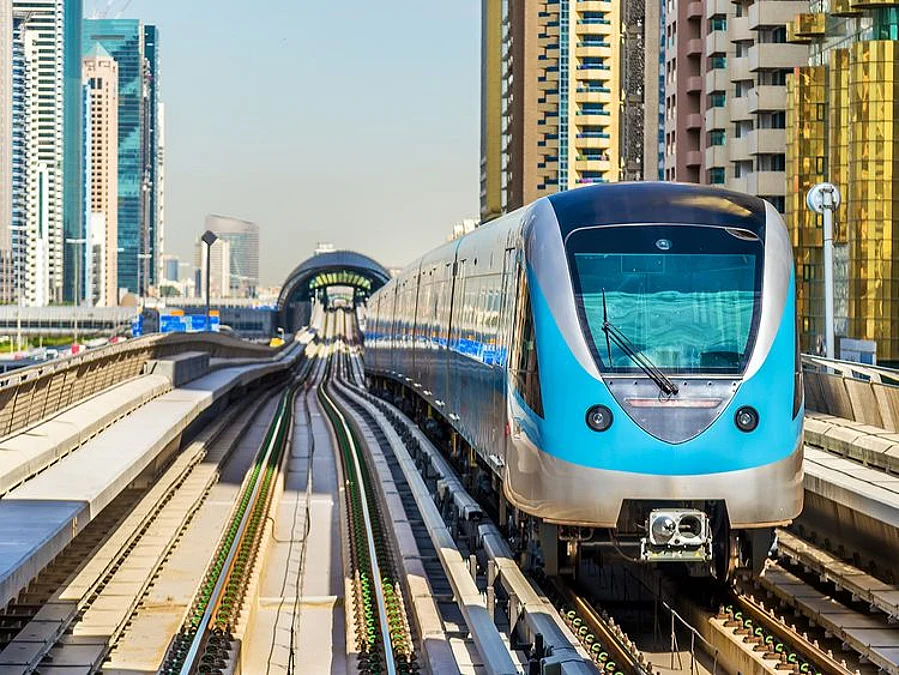Can Mumbai Locals Arrive Every 3 Mins At All Stations? A Look At Railways’ New Plan For High-Frequency
By News18,Sahas Mahapatra
Copyright news18

A potentially transformative plan that can change the face of Mumbai’s suburban railway is not been discussed by railway authorities. The proposal was in principle approved by Railway Minister Ashwini Vaishnaw but has not been revisited, debated, or tested, even as Mumbai’s local trains remain dangerously overcrowded. If implemented, this plan promises local trains every three minutes at all stations, including crowded hubs like Kalwa, Mumbra and Badlapur.
This sector-based plan, inspired by global metro systems, calls for dividing the suburban rail into smaller operational sectors, enabling higher train frequencies, reduced overcrowding, and faster turnaround times, all within the existing infrastructure. It was presented by former CR Divisional Railway Manager Rajnish Goyal last year and appreciated by Vaishnaw.
Despite the plan being called a game-changer in the city, the Central Railway (CR) has neither pursued it nor presented it to the Bombay High Court. Even as the court reviews solutions to overcrowding and accident-related deaths, especially after the Mumbra stampede tragedy, CR has not listed it in their probable solutions.
How does the plan help?
The revolutionary plan would not only increase services at least three times with the existing set-up and infrastructure, but also streamline suburban services. It would ensure a train reaches every 3 minutes at every station on the Central and Harbour lines. With this plan, the number of services could go up to more than 5000 from the current 1810.
Divided into multiple sectors, the elaborate plan also involves services running in dedicated sectors. The first sector will only operate services between CSMT and Thane on the slow line, the second sector on the fast line between CSMT and Kalyan, and the third between Thane and Kalyan (slow), Kalyan and Kasara, and Kalyan and Karjat, and similarly on the Harbour Line.
Next, the plan involves transhipment hubs at stations like Thane, Kalyan, and Kurla. The changeover stations will, however, require planned infrastructure upgrades like holding areas and large foot overbridges.
But, these services would require passengers to change trains beyond every sector, filtering the crowd. This plan will ensure decongestion by reducing long-distance trains (like CSMT–Kasara) and replacing them with shorter, high-frequency services. High-density stations like Badlapur, Asangaon and Ambernath will get a train every three minutes during rush hours till Kalyan. From Kalyan, there will be a fast local for CSMT. Similarly, smaller stations like Kalwa, Mumbra and Diva, too, would get trains at a three-minute frequency but involve a changeover at Thane.
Commuters Voice Support
Local commuter Giridhar Pandey echoed the concept, proposing a scalable and practical solution to overcrowding. He suggested a similar plan of segment-based operations, highlighting how it might improve operations with predictable travel time, smoother interchanges, and improved comfort.
“The current long-distance suburban train model – for example, CSMT to Kasara or CSMT to Khopoli – results in prolonged travel cycles (up to two hours for a one-way journey), reduced frequency, and extreme crowding at most stations. Instead of operating long-route trains end-to-end, we can break the route into shorter segments, similar to metro systems,” he told Midday.
The commuter added, “This system may require minor infrastructure and scheduling adjustments, but it is achievable within the existing framework. Similar models are effectively used in metro systems worldwide and could bring a revolutionary improvement to the Mumbai suburban experience. I urge the authorities to consider a pilot run on select lines to evaluate the effectiveness of this model.”
Why This Plan Matters:
Safety: As the train arrives every 3 minutes, the overcrowding of trains will reduce drastically. This will eventually ensure passengers safety as overcrowding is one of the major causes of deaths during peak hours.
Efficiency: Each train will complete its cycle in 30-45 minutes, improving scheduling and optimal resource utilisation.
Decongested coaches: Passengers boarding at intermediate stations will have easier access to less crowded trains, leading to reduced chaos at platforms.
Increased train frequency: Shorter routes mean the trains will complete their trips faster, allowing higher train frequency. This could possibly allow trains to arrive every 1.5 minutes during peak hours instead of 3-plus minutes.
Passenger flow distribution: Passengers will board/disembark at defined interchange points, leading to smoother transitions and less chaotic boarding conditions.



